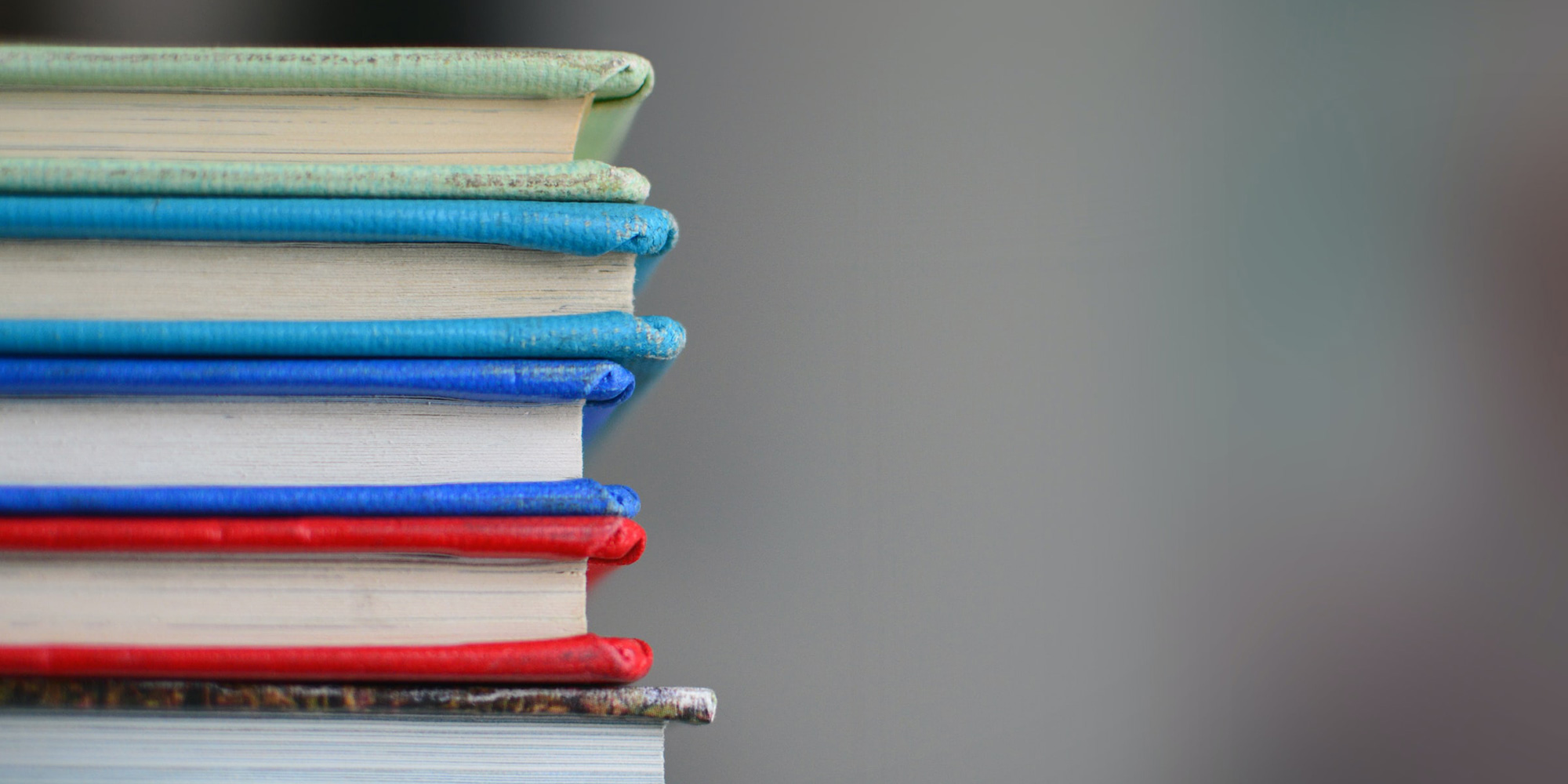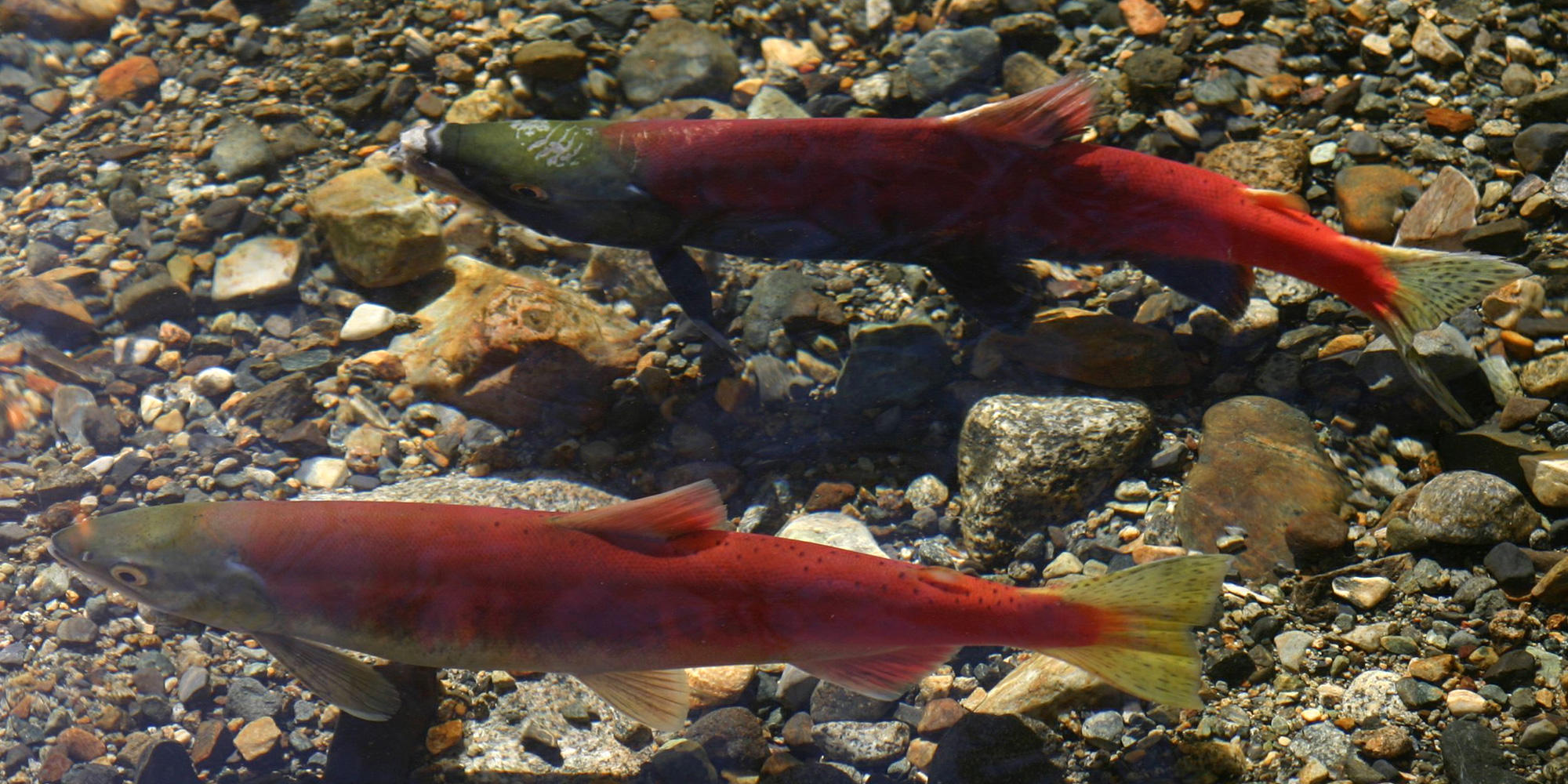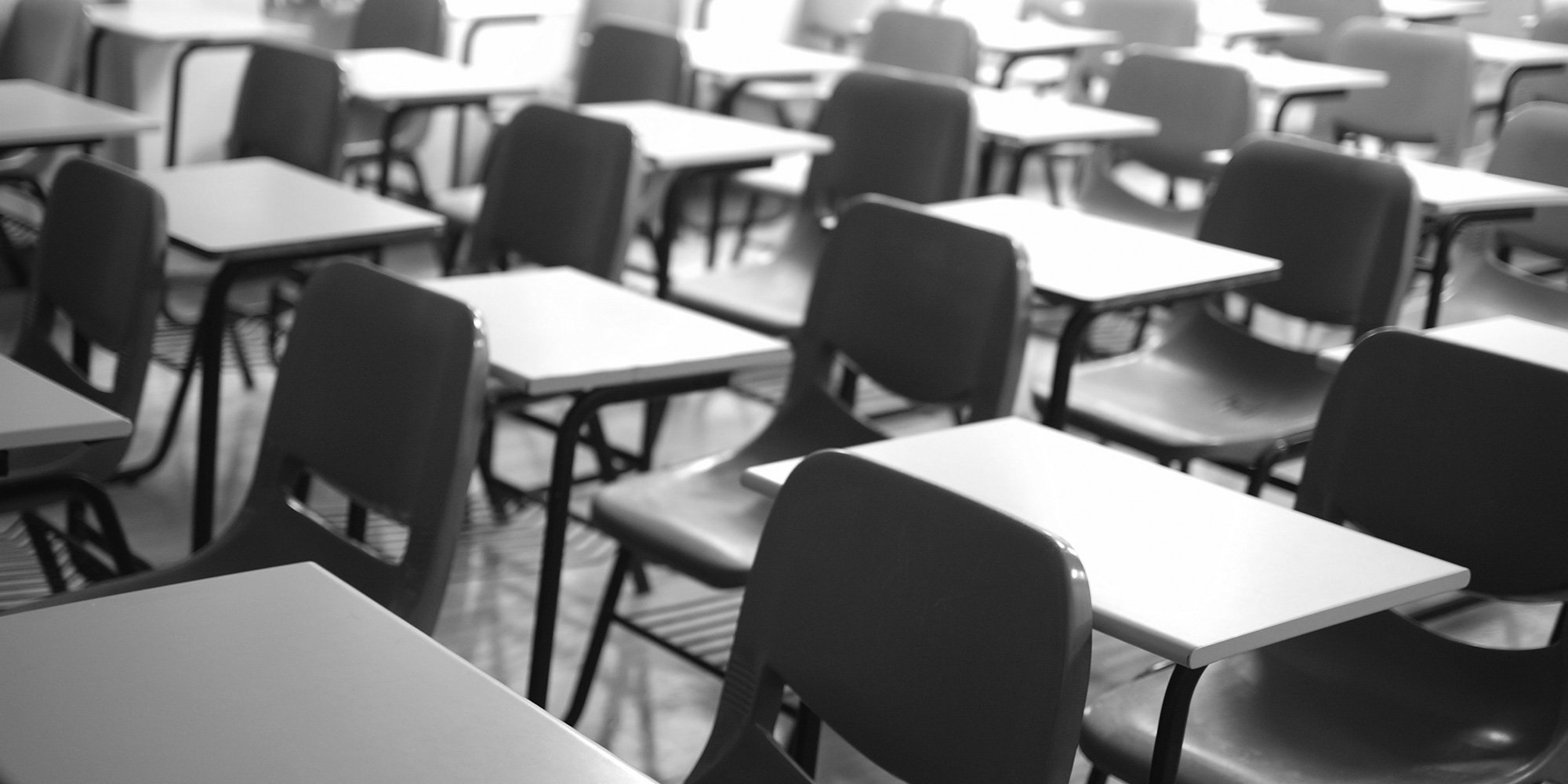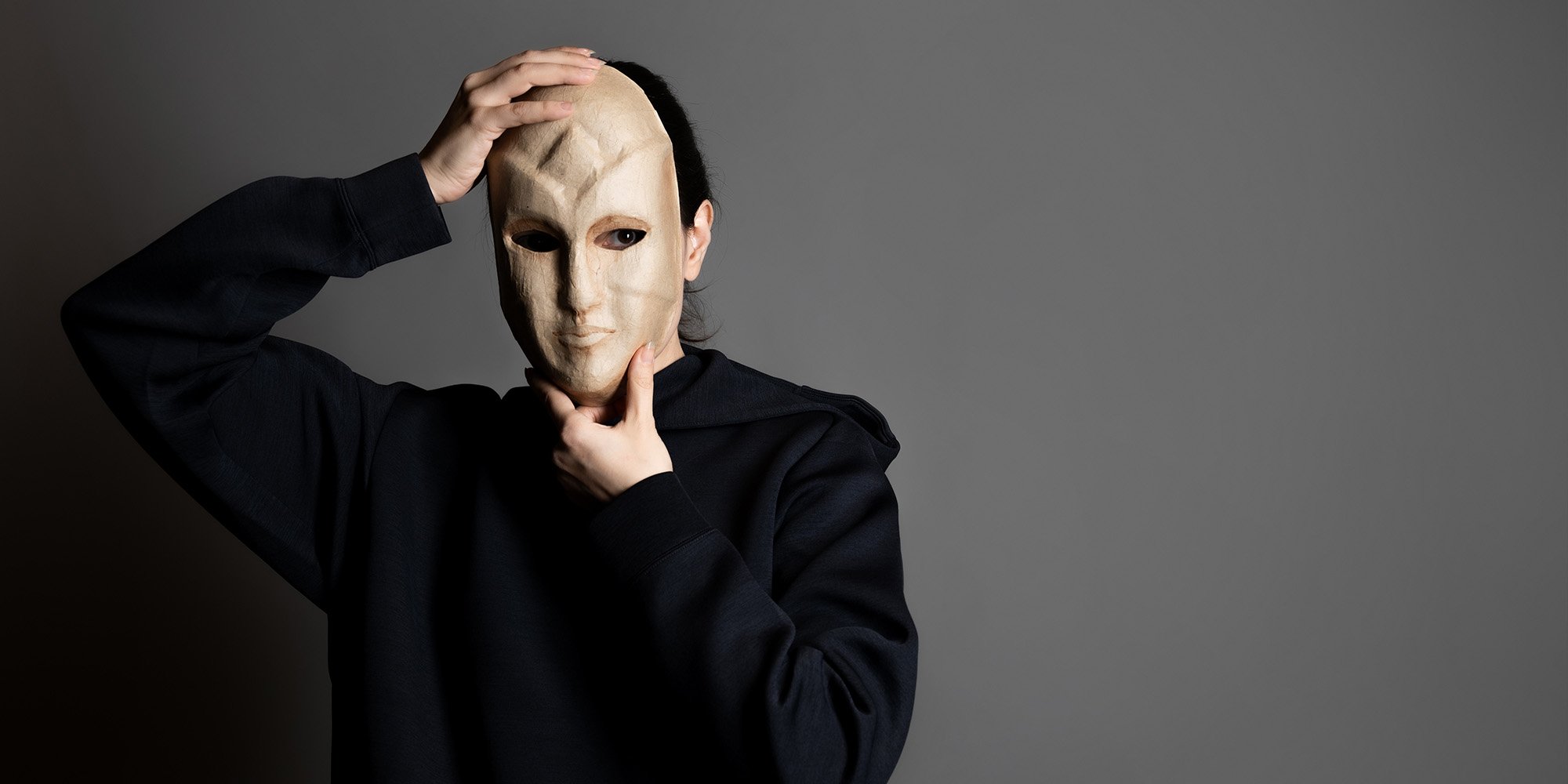Making Science Relevant to Indigenous Students
If only we could understand how students make sense of their natural world, we could design a science curriculum so that science makes sense to all...

The Truth and Reconciliation Commission of Canada (TRC) Report and Calls to Action in 2015 brought some hard facts about residential schools to the surface and into the consciousness of millions of Canadians. Among many other positive outcomes, the TRC report motivated many school districts to look at how education had been used as a tool of assimilation and the impact of that usage on Indigenous students today. School districts also started to look at their curriculum - at the way in which the relationship between the government and Indigenous Peoples was portrayed and that information about the residential school system was not included in the curriculum - had it been, there would not have been such a shock wave in society when the TRC report came out. As Commissioner Murray Sinclair of the TRC said “We have to start addressing the way that we teach our children about Indigenous people.”
Here are two noteworthy examples of Indigenous education programs that are designed to support Indigenous students so that they achieve educational success.
Many schools, colleges and universities now have Elder in Residence programs. Here's a link to UVic's program as an example.
Through a collaboration supported by Rideau Hall Foundation and Mastercard Foundation Vancouver Island University (VIU) and Yukon College have launched a program to provide comprehensive support for Indigenous students. Features include:
The other side of this coin is supporting the teachers, many of whom, having gone through education systems that overlooked Indigenous history, as they come to terms with the reality of residential schools, and how to teach such difficult topics to a class that may include Indigenous, non-Indigenous and students who are new Canadians.
Teachers are also looking for ways to support reconciliation by including Indigenous content in their classrooms but may not know how or where to begin. I really like the article, This is Why Most Teachers Need Indigenous Coaches, because it shows by example how one teacher developed a relationship with a local community, and by doing so, learned about their culture and traditions.
Featured photo: Unsplash

If only we could understand how students make sense of their natural world, we could design a science curriculum so that science makes sense to all...

Education is considered a human right in Canada. Yet, while Canada has one of the world's highest levels of educational attainment, the graduation...

When we prepare an article for our blog, Working Effectively with Indigenous Peoples®, we put considerable thought into the title - how will it...